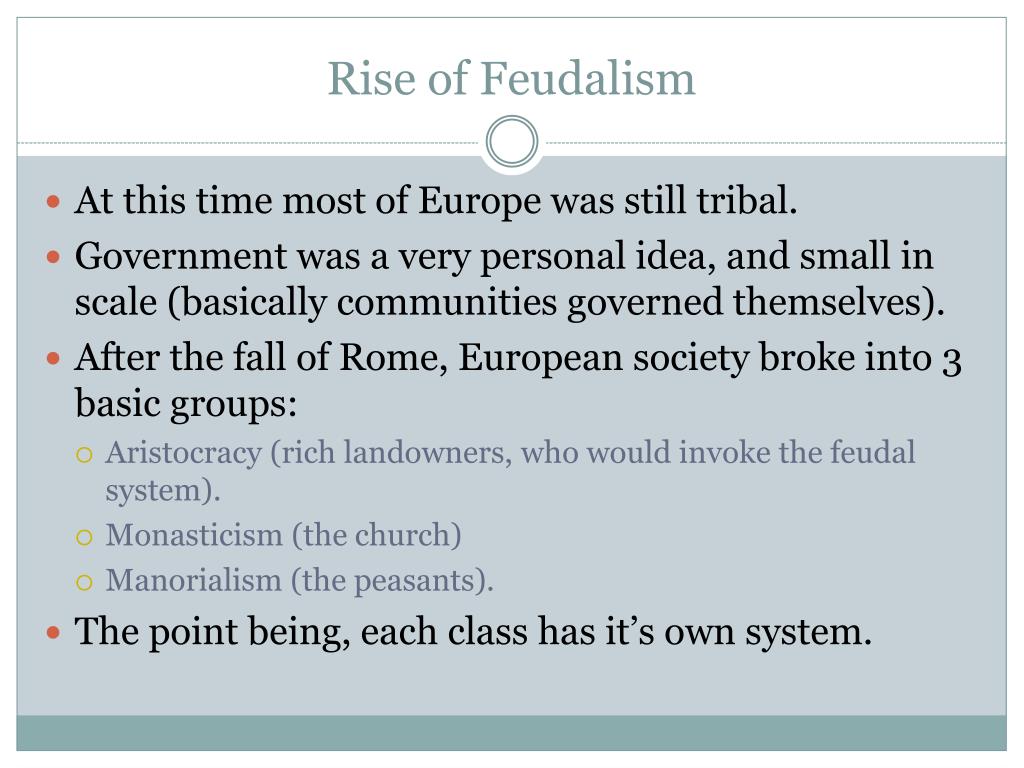

It started with the debate between aristocracy and monarchy about the political authority and financial policies of the state.

It made every citizen the centre of today’s social order which is designed to create maximum freedom of personal liberty. The 10 years of the French Revolution bought modern nationalism, liberalism, democracy, equality, ideologies, fraternity, and many more.

The Haitian Revolution, First Italian War of Independence, Irish Rebellion of 1798, Sicilian Revolution of 1848, Italian Revolution in 1848, and the independence movements of Portuguese colonies in America are the major revolutionary movements which came up following the French Revolution. Spread of Liberalismįrench Revolution led the exclusive right to maintain many other revolutionary movements around different parts of Europe and America. With the French Revolution came the democratic state which included secularism, rights to freedom of speech, religion, rights to women, redistribution of property, and the abolition of hereditary privileges. With time, various ideals like – every citizen should get equal rights, should be treated equally, and should be protected by the government actions were introduced.
#Rise and fall of feudalism chart full#
Though it took a long time to bring full democracy, it did bring specific positive changes such as removed monarchy and aristocracy. Their principal motive was to bring equality in-laws, rights, religion, and freedom of speech. Napoleon’s victory spread the ideals of democracy throughout Europe, saying that the nation can be ruled by themselves without the interference of the Kings. Almost all legal and political rights were enjoyed by people of noble families and only a few by the commoners. Dechristianization of Franceīefore the French Revolution, French people were facing various inequalities, both legally and politically.

It was able to reinforce individual and private ownership. In 1792, all the lands of Clergy, Political Emigrants, and Common Land were auctioned and sold due to the rise in the class of landowners who supported Napoleon.ĭuring the French Revolution, the Censiers and serfs were made owners, and the new regime was able to win the support of peasants. The reform ended the bias feudal tenures, freed people from serfdom, cancelled payments which were not based on real property and abolished feudal courts. The French Revolution was able to bring a new era in land reformation history. Most parts of France was engaged in agriculture, and the abolition of the taxes made the lives of peasants easier. With the French Revolution, Manorialism – which was the major part of Feudalism and taxes were abolished. They were supposed to pay taxes which was Tithes(one-tenth) of their annual earnings. In the Middle age, peasants were kept dependent upon the land and their lord.


 0 kommentar(er)
0 kommentar(er)
